Without a doubt, one of the biggest causes of death besides starvation in a post-SHTF situation is going to be disease and pestilence. Simple illnesses that we don’t give much thought to now will be the death of many of us, and biting insects will be one of the ways that the diseases spread.
Since medicines may be scarce, your best bet for survival is prevention. Today we’re going to talk about some natural remedies and practices that will help you repel and kill flies, lice, and mites naturally.
Cleanliness and Personal Hygiene Practices
Keeping a clean house won’t do much for the prevention of fleas, but it will certainly help with lice infestations, flies, and mosquitoes. Lice are spread by personal contact so don’t share your personal items such as hairbrushes or combs, or your clothing. Also, be careful who you let in your home because lice can transfer from people to furniture, then to other people.
Regarding flies, keep dishes clean and food properly stored so that nothing in your house is attracting flies. Flies are also attracted to human and pet funk such as poop, sweat and dead skin cells so maintaining a clean body and living space is crucial.
Their habit of landing on your arm just so that they may poop makes flies airborne carriers of death and destruction. They’re known to transmit everything from pathogens that cause food poisoning to tuberculosis, dysentery, and typhoid.
Finally, put your garbage, garden or yard waste, and compost piles well away from the house.
DIY Homemade Fly Strips and Flea Traps
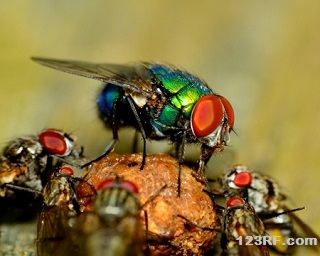 Though it seems counterproductive to attract fleas or flies, the goal here is to attract them to something away from you in order to kill them before they can breed more. Here is a recipe for a homemade fly strip:
Though it seems counterproductive to attract fleas or flies, the goal here is to attract them to something away from you in order to kill them before they can breed more. Here is a recipe for a homemade fly strip:
- 2 tablespoons sugar (brown or white)
- 3 tablespoons maple or corn syrup or molasses
- 2 strips of 1 inch X 18 inch butcher’s paper, duct tape, or cloth
Just combine the sugar and the syrup then drag the strip through it the sticky mix or paint it on with your finger or a brush. Hang it away from your main living area a bit and change it out when it gets full.
Making a flea trap is fairly easy, too, and we’ve found a way to do it without the electricity that most DIY flea traps require. Here’s what you’ll need:
- Small bowl or pie plate
- 1 tea light
- 1/4 C water
- 4 or 5 drops of dish washing liquid
- Smear of honey, in lieu of water and dishwashing liquid
Place either the water and dish soap or the smear of honey in the bottom of the bowl. Set a tea light in the bowl (fleas are apparently attracted to light) and place on the ground where pets or kids can’t reach it. Also, be sure, since it’s a candle, make sure that it’s not near curtains or anything else flammable.
Placing a wire rack such as an old fan housing over top is a good safety measure, too. If there’s the slightest chance that you’re going to burn your house down doing this, you should obviously find another way to kill fleas.
This only attracts fleas that are already in your house, but that’s good because it keeps them from breeding. We recommend using it in combination with some of our other treatments. Read on for some other ways to kill them on your pets and in your house.
Diatomaceous Earth (DE)
We highly recommend storing a few bags of this in your stockpile because it so effectively kills fleas, mites, spiders, ticks, bedbugs and other irritating, disease-spreading insects. Simply spread it around the house, in the cracks of your mattress, and in your furniture cushions and let it sit. It also works in your yard and you can rub it right into your pet’s fur to kill the fleas that are on him.
A neat trick – sprinkle a bit on your pet’s food to help prevent internal parasites and to keep maggots out of his poop. Gross, we know, but an issue when dealing with insect-borne illnesses.
Lemon Juice and Other Liquids
- The limonene in the juice kills both fleas and larvae as well as some mites. Just add 1/4 cup of lemon juice to 2 cups of water and spray your pet (and whatever else) down with it.
- Other liquids that work well to kill fleas, mites, and/or lice include dishwashing liquid, apple cider vinegar, and Listerine.
- Mineral oil kills ear mites, so if that becomes a problem with your pet, just drop a few drops in twice per day for a few days.
There are many different natural recipes to kill flies, lice, fleas, and mites; these are just a few. If you have any fabulous ideas that you know work, please share them with us in the comments section below.
This article has been written by Theresa Crouse for Survivopedia.




























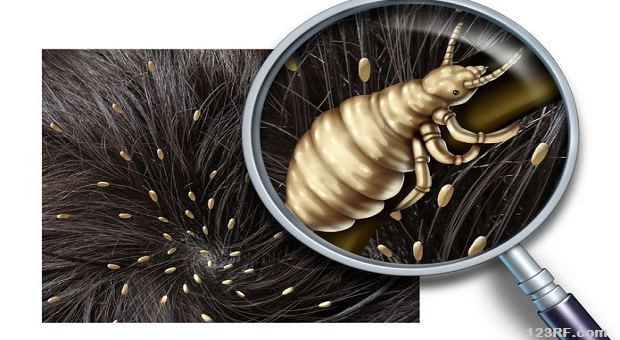
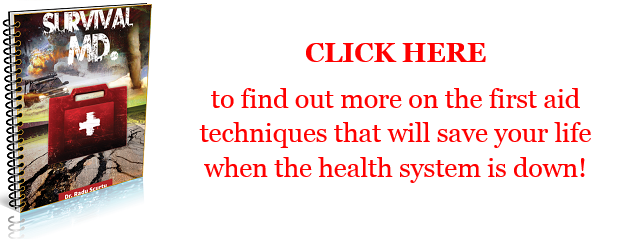

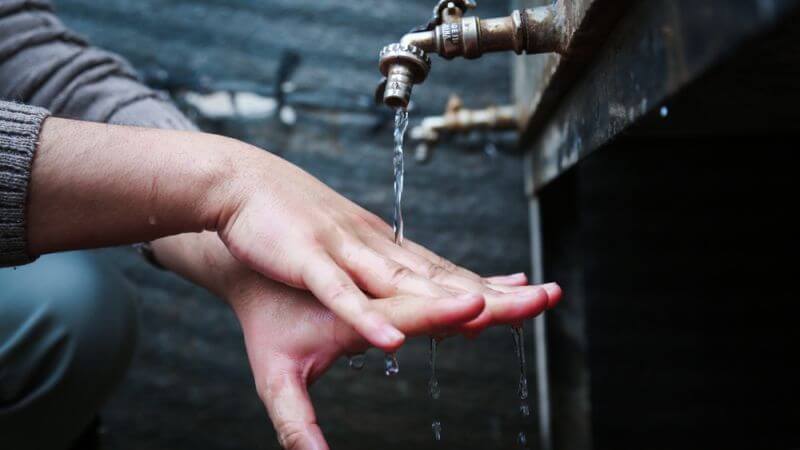
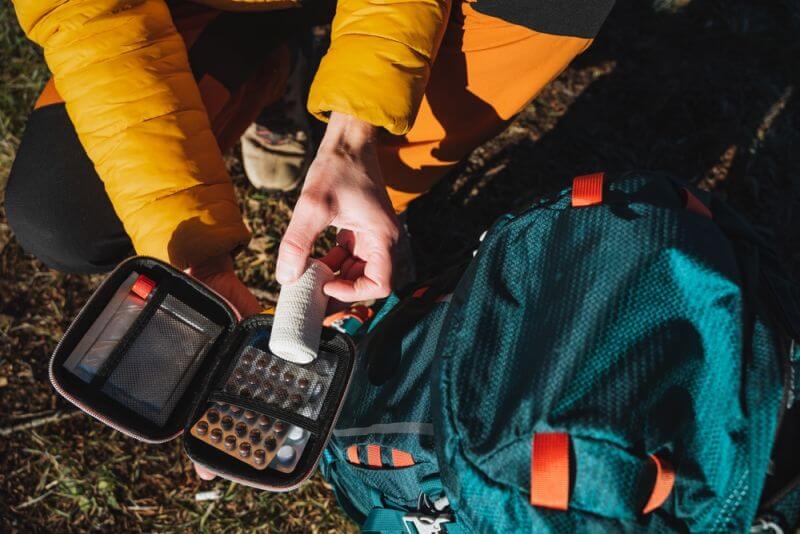

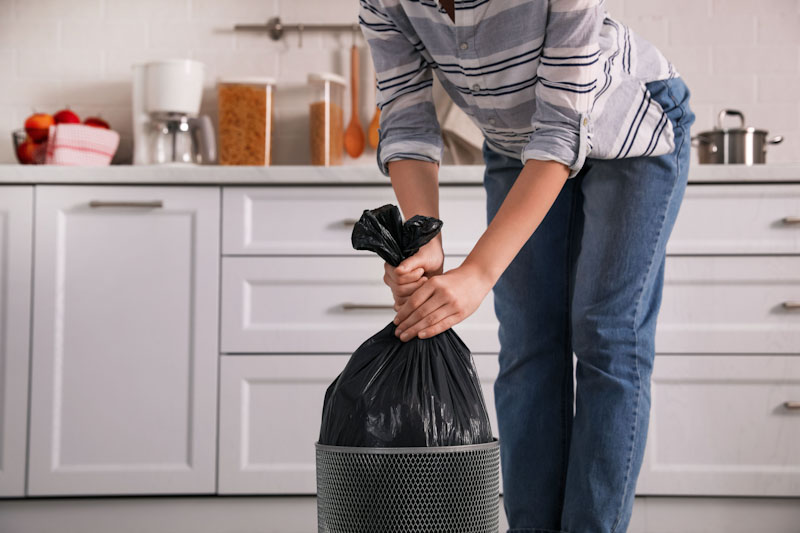








































Some good ideas there thanks Theresa. I hadn’t heard of using diatomaceous earth for fleas and internal parasites before but many years ago we sprinkled it through a friends drawers when he went away for long overseas trip to keep silverfish out of his personal papers, worked a treat.
I found out purely by accident that 5% apple cider vinegar poured directly on the head and hair will also kill lice and nits. Leave it on the head and hair for about 30 minutes then rinse with water once. Comb the lice and nits out of the hair. After the hair dries, it will no longer smell like vinegar. NO MORE LICE! Totaly non toxic.